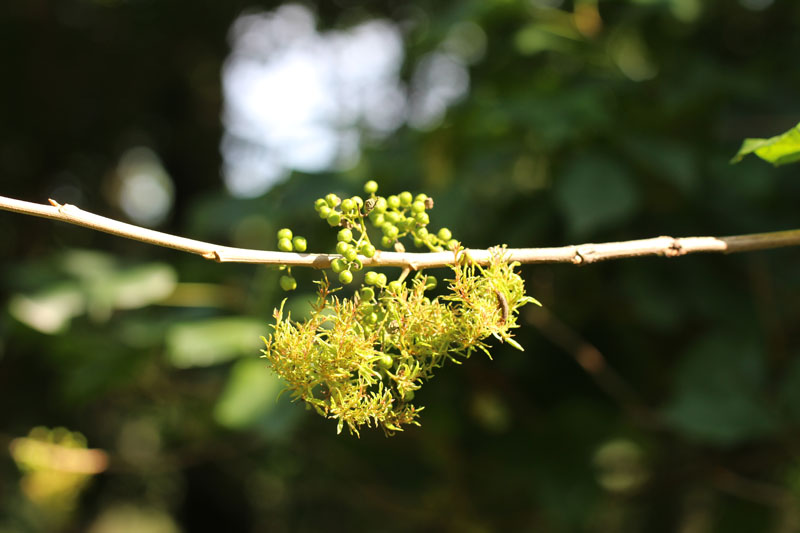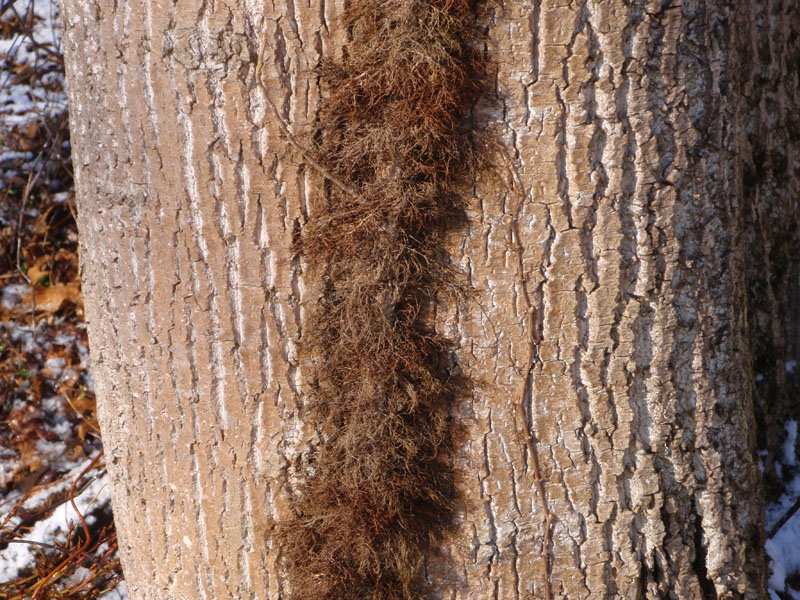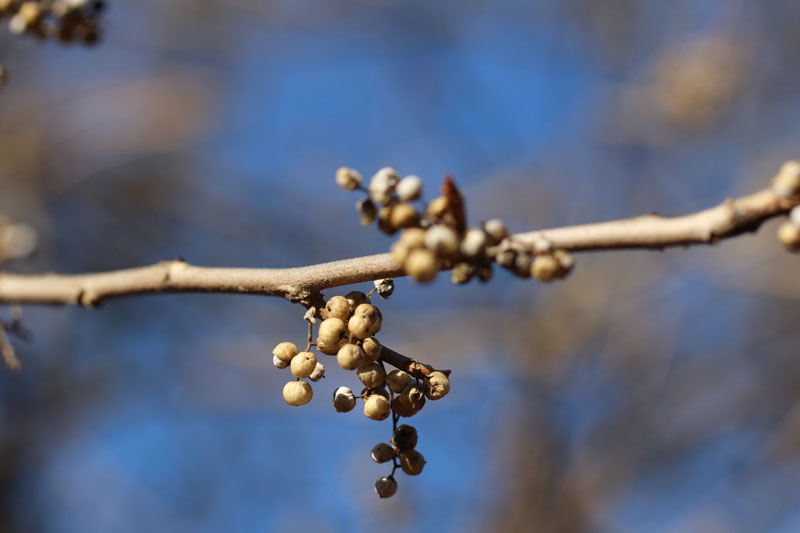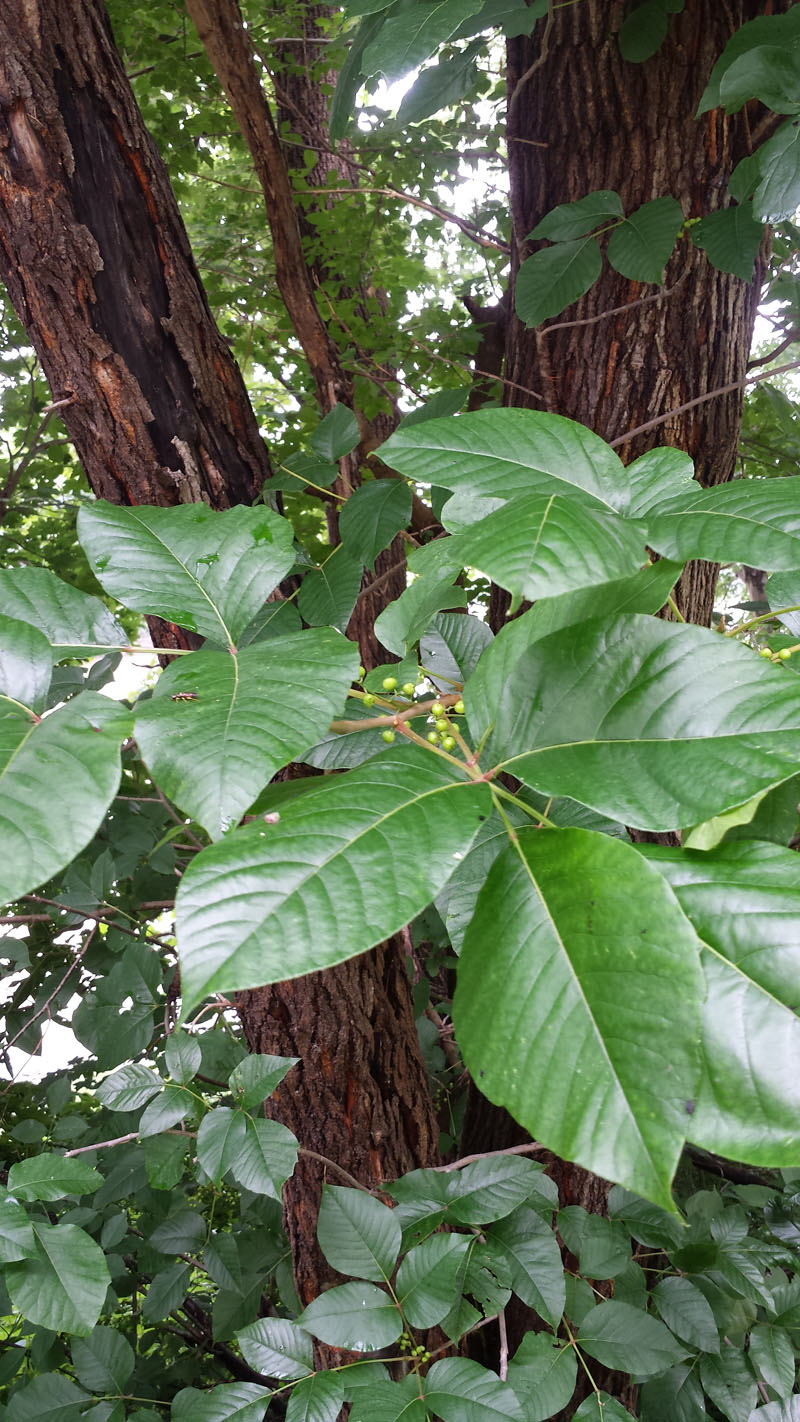
Eastern Poison Ivy
Toxicodendron radicans ssp. radicans
Anacardiaceae

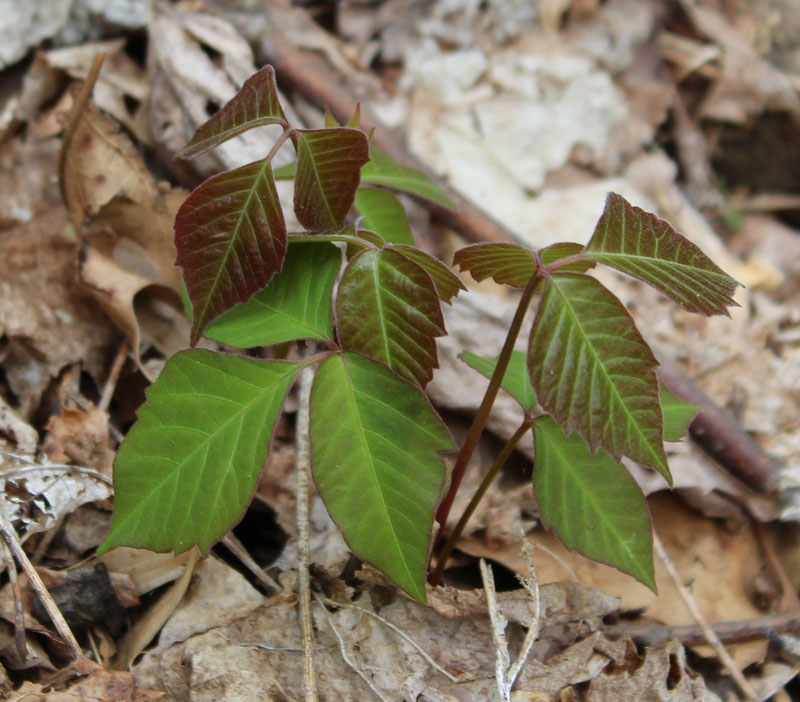
What?! That's right, we're offering seeds of Poison Ivy. Make no mistake - all parts of this plant (in all seasons, live or dead) contain Urushiol, a plant oil that binds to skin and causes a very nasty blistering itchy contact dermatitis in most people. (We have not had problems with the clean seed, but you should handle it with care). We don't like it growing in our lawn, either, but there is at least one park in the Northeast that uses it very effectively for a privacy fence. Having said all that, it is a native vine with significant wildlife value. Mostly inconspicuous greenish white flowers from May to July are followed by clusters of amber/white persistent berries, shiny (oily!) dark green three-part leaves ("leaves of 3, let it be!") turn bright red in fall, grows as a ground creeping shrub or a stout climbing vine, spreads by seed and rhizomes, vines that climb tree/fences/houses look furry due to vast numbers of brown fibrous adventitious roots, drought and pollution tolerant, can grow in clay/sand/gravel as well as average soil, salt tolerant, host plant to several species of moth including the fabulous Eyed Paectes (Paectes oculatrix), berries are eagerly fed upon by a variety of birds including woodpeckers, flickers, and wild turkey.


up to 60 feet, supported
Plant Hardiness Zones: 4b-10b
Shrub or Woody Vine
Deer Resistant
Native Range: NB west through s ON, south to TX & FL, also s AZ
Germination - Easy: Physically scarify or hot soak then plant directly.
Eastern Poison Ivy in a 3.5 inch pot $16.75 (Temporarily Sold Out*)
Eastern Poison Ivy Seed Packet $5.00 (Temporarily Sold Out*)
